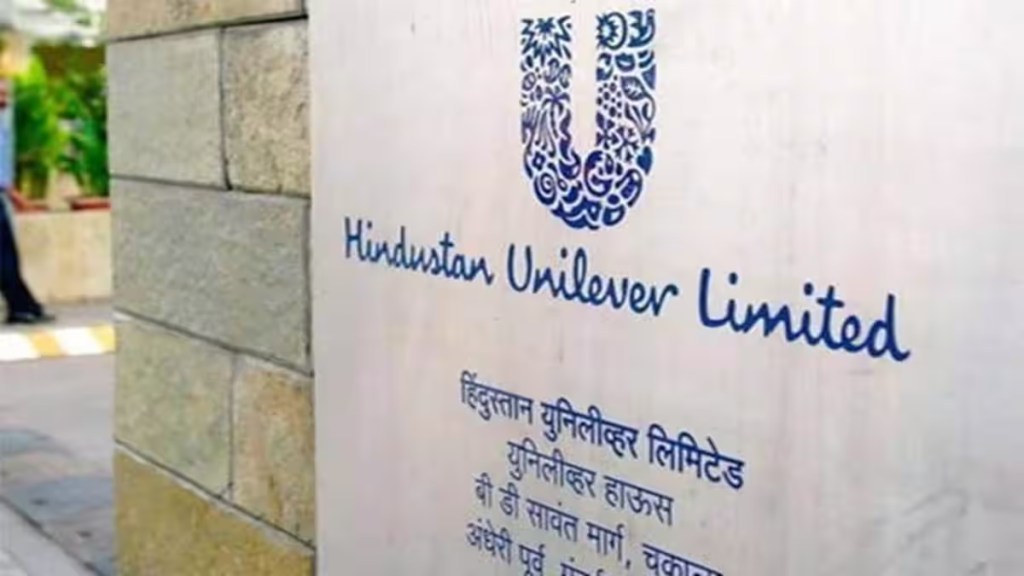Hindustan Unilever (HUL), the country’s largest consumer goods company, will remain vigilant and respond to competitive challenges as they emerge, chairman Nitin Paranjpe told shareholders on Monday at the firm’s 90th Annual General Meeting (AGM). HUL was transforming to stay in step with a fast-changing India as well as a rapidly evolving consumer goods market, Paranjpe said.
The statements come at a time when rivals like Reliance Consumer Products have made a slew of acquisitions and launched a spate of fast-moving consumer goods (FMCG) products in the last six to eight months. Paranjpe, 59, said HUL would relentlessly focus on the consumer.
The AGM, held virtually, was also the last for Sanjiv Mehta, HUL’s outgoing MD & CEO, who passed the baton to Rohit Jawa, 56, who takes over from Tuesday. Mehta, 62, described the current decade as “India’s decade”, saying that he was a big believer in the “India story”. HUL had navigated storms, made itself stronger, agile, nimbler and ensured that its returns to shareholders surpassed the FMCG index, he said.
Paranjpe, on the other hand, said that the company could grow well despite competition. “FMCG is not a zero-sum game. The market is large enough for several companies to co-exist. However, as a company, we remain vigilant. We cannot afford to take our eye off the ball,” he said, adding that competition was intense.
Analysts at Nuvama Institutional Equities said the price points of Reliance Consumer’s soaps, detergents, dishwashers and shampoos under its ‘Independence’ brand were almost 30-35% cheaper. This shows the firm is looking to scale up operations fast by driving affordable products.
Paranjpe also warned that with commodity prices easing, there would be a period of uncertainty in the consumer goods industry as players adjusted to market realities.
“There is a shift from high inflation, which led to price hikes, to a scenario where commodity prices are coming down. The balance between volume growth and pricing will undergo a change. We will see less pricing and more volume growth coming in,” Paranjpe said, adding that the company had reduced prices modestly across its portfolio.
The company would also focus on gross margins, Paranjpe said, as moderating inflation provided more room for FMCG players to step up brand and marketing investments.
Saying that the company was embracing change to stay future-fit, Paranjpe said that consumption in India was on the rise. The share of the middle class with an annual income of Rs 5-30 lakh has doubled to over 30% between 2004-05 and 2021-22. This was projected to double again to over 60% by 2046, Paranjpe said, attributing the growth to favourable demographics, digital public infrastructure, innovation and favoured investment destination.
While India had taken centre-stage and was projected to be the third-largest economy in the world by 2027, challenges, if not addressed, would turn opportunities into obstacles. “India’s labour force participation rate in 2021, at 46%, was among the lowest in Asia. Our growth in the recent years has primarily been productivity-led, while employment has only increased marginally in the last 10 years. Agritech and access to knowledge have the potential to transform the rural Indian economy,” Paranjpe said.
While HUL added Rs33,000 crore in turnover andRs 9,500 crore in incremental Ebitda in the last decade, Paranjpe said that there was a potential for further growth, given that the per capita FMCG consumption in India was $50. “This number will grow leaps and bounds in coming years,” he said.


